Septic tanks explained | The resource for Canadian homeowners in 2024
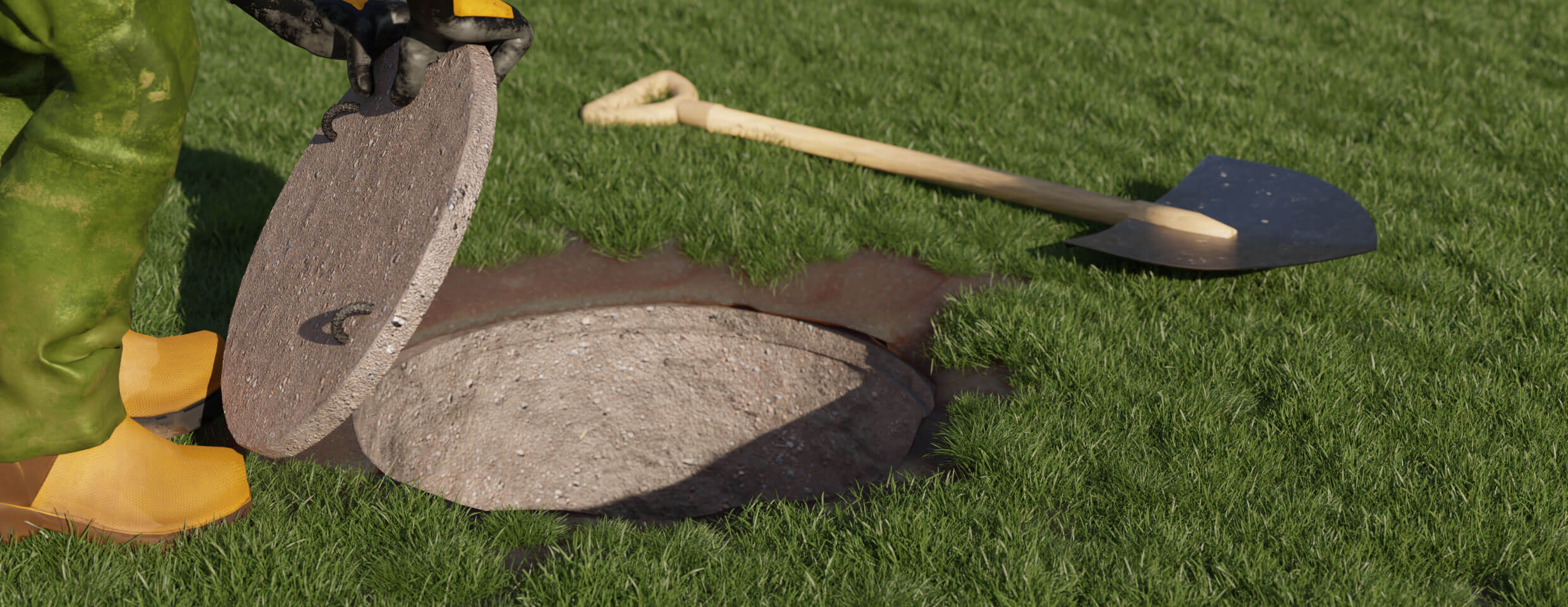
TABLE OF CONTENTS
A septic tank is an onsite wastewater treatment system. More accurately, septic tanks are components of the wider septic system which comprises of the tank, pipes and a drainfield.
Introduction
The wastewater in the tank is treated through physical and biological means via the following processes:
Sedimentation – this is the process by which suspended particles in the wastewater settle down at the bottom of the tank. This accumulation of solids at the bottom of the tank is referred to as sludge.
Flotation – as sludge settles down, oil and grease will float on the wastewater in the tank forming what is referred to as scum. As bacteria break down organic waste, some gases like methane might be produced and these will also settle in the scum layer.
Anaerobic digestion – this is the process by which bacteria and enzymes break down organic matter in the absence of oxygen.
A properly functioning septic tank should be able to eliminate 25-35% of Biochemical Oxygen Demand (BOD5) load and at least 60% of the solid waste. As the solids settle to form the sludge and scum layers, the clarified liquid is sent to the drainfield. But how can you tell if your house has a septic or sewer system? Just use these three simple steps and you will know for sure.
- The location of your home is an important consideration. Sewer systems are quite expensive to build and maintain and they are therefore built in large cities/settlements. If you are in a subdivision or a remote area, there is a good chance you are using a septic system.
- Inspect the property to see if there is a large cylindrical or rectangular lump of earth. This is usually a sign that your property has a septic system.
- Sewer systems are usually billed monthly. If you see any sewer fees on the garbage and water bills, it is a sign that you are using a sewer system
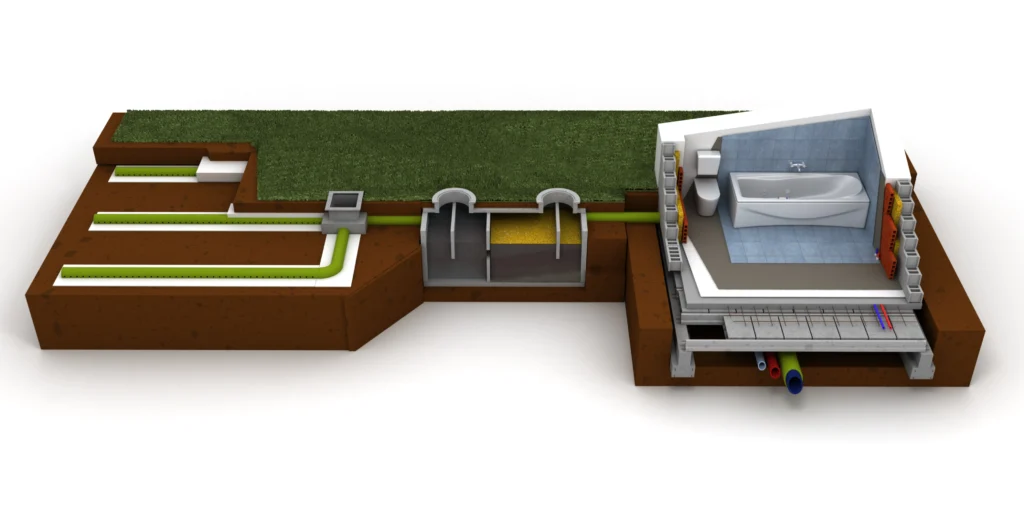
How septic tanks work
Wastewater from your toilets sinks and laundry drains from your house, through the pipes, and into the septic tank. These tanks are typically designed to hold the wastewater long enough to allow solids to settle at the bottom (sludge) while oils and greases float to the top (scum). The scum layer helps in keeping the tank airtight which helps the anaerobic bacteria to do a better job of digesting the organic waste. It is recommended to pump the tank after a couple of years because if you do not pump the tank, some of the solids will enter the drainfield which might result in its blockage. Depending on where you live, the government might have a recommended pumping period. Even so, how often you pump will also be determined by how much inorganic material ends up in your tank. We recommend that you avoid sending any inorganic waste down the drain. You can also optimize the process of biodegradation of organic waste by adding biological additives.
Partially treated water from the tank flows via an outlet into the drainfield. This wastewater then percolates into the soil through small holes in the pipes. Microorganisms in the soil then remove any of the remaining harmful particles in the wastewater. The treated water is then passed to the groundwater and goes back to the water cycle.
Types of septic tanks
Septic tanks can be classified based on the material used or the size of the tank. The following are the common types of septic tanks.
Concrete septic tanks
Concrete septic tanks are the most popular tanks because they are cheap and they don’t deteriorate quickly. Concrete septic tanks are usually precast which makes it easy to install on-site. However, it is also possible to customize a size that fits your unique needs. Even though septic tanks can last for decades, they are also susceptible to cracking- especially if they are not installed correctly. Studies also show that concrete septic tanks can suffer from corrosion. Some bacteria in the septic tank excrete hydrogen sulfide which typically stays dormant in the tanks. Subsequently, the thiobacillus bacteria strain converts the hydrogen sulfide into hydrosulfuric acid which can corrode the concrete. However, the concrete walls are usually large enough to withstand the negligible corrosion so new tanks will still be in good working condition for up to three decades.
Polyethylene septic tanks
Polyethylene septic tanks are lighter than concrete ones and that makes them very easy to transport and install. These tanks can withstand the corrosive septic tank gases without undergoing deterioration. They are also quite impervious to cracking or rusting. However, the polyethylene tanks have their fair share of demerits too. For starters, while their light nature makes transporting and installing them easier and cheaper, their thin walls make them easier targets for structural damage. If they are not handled carefully, they could easily get damaged during the installation.
Fiberglass septic tanks
Fiberglass tanks are also lightweight and therefore very easy to transport and install. They are more durable than polyethylene tanks and even when they fail, they will seep rather than burst. Fiberglass tanks are typically custom made on order and this coupled with the expensive technology makes them quite pricey. For instance, a 6000-gallon fiberglass tank goes for approximately C$7,286 while a polyethylene tank of the same size goes for approximately C$4,857.
Steel septic tanks
Steel tanks are meant to last for 20-25 years but they are susceptible to rusting so they could last for an even shorter time than that. When compared to the other types of tanks, steel tanks are the least durable. They are, therefore, not very popular nowadays. If you have a steel septic tank, pay close attention to the baffles because they tend to corrode faster than the other components. The steel top covers can also rust and this can be a serious health hazard since a person that steps on it could easily fall into the tank. Since it is possible to replace the covers without necessarily replacing the tank, the cover should be replaced as soon as signs of rust are seen.
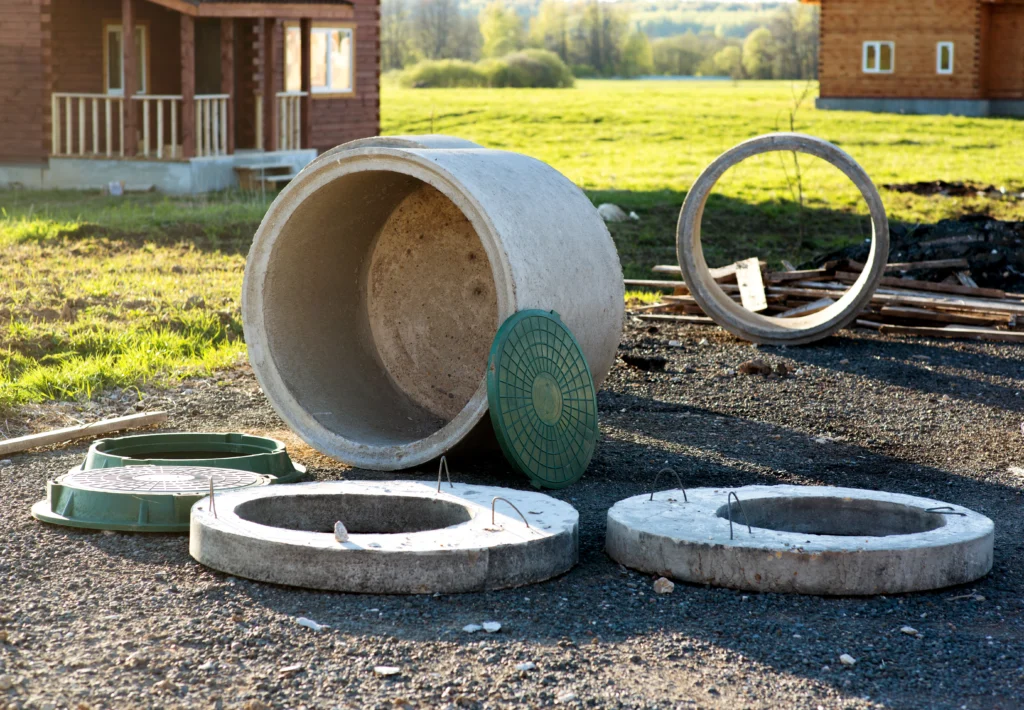
What to consider when choosing a septic tank
The size of the tank – The size will be determined by the size of your house and how much water is used in the house. Government regulation must also be factored in when deciding on the best size to settle on.
The material used – when it comes to material, there is no one-type-fits-all. You will need the advice of an engineer to know the best material to choose from because the engineer will factor in your soil type and other important factors. For instance, if the waterbed is a bit high, concrete tanks will probably be a good choice because they are not as susceptible to floating as polyethylene and fiberglass.
The type of tank – Apart from the different materials available, the type of tank can also be determined by the number of compartments it has. A one-compartment tank does an okay job but it is not very common because the two compartments tank does a better job of Total Suspended Solids (TSS) removal. In some situations, government regulation will only allow for two-chamber tanks.
Soil type – the type of soil on your property will influence the choice of the septic tank. Before purchasing a septic tank, an engineer should do a soil test and make a recommendation based on their findings.
Greywater tanks
Greywater tanks, also referred to as domestic water tanks, are increasing in popularity. Greywater is any household water with the exception of water from the toilet and the kitchen, which is referred to as black water. This means you will need to have two separate tanks; one for receiving greywater and the other for blackwater. On average, 50-80 percent of all household wastewater is greywater. Canada’s National Plumbing code (CSA B128) allows for the usage of reclaimed greywater for flushing as well as subsurface irrigation. In most cases, however, the grey water goes into a small drain field while the black water goes into a holding tank. The holding tank is pumped periodically. Fresh greywater is not as harmful as black water. However, greywater decomposes faster than black water and if it is not treated within 24 hours, the greywater will turn into black water.
Blackwater tanks
A blackwater tank also referred to as a holding tank is not to be confused with a septic tank. A septic tank is the first stage in treating wastewater from your house. Blackwater tanks, however, only provide temporary storage for wastewater. Unlike the septic tanks which have outlets, the holding tank only has an inlet. Blackwater tanks, therefore, fill-up quickly and require regular pumping. Blackwater tanks typically have an alarm and a sensor which warns the owner when the tank is due for pumping
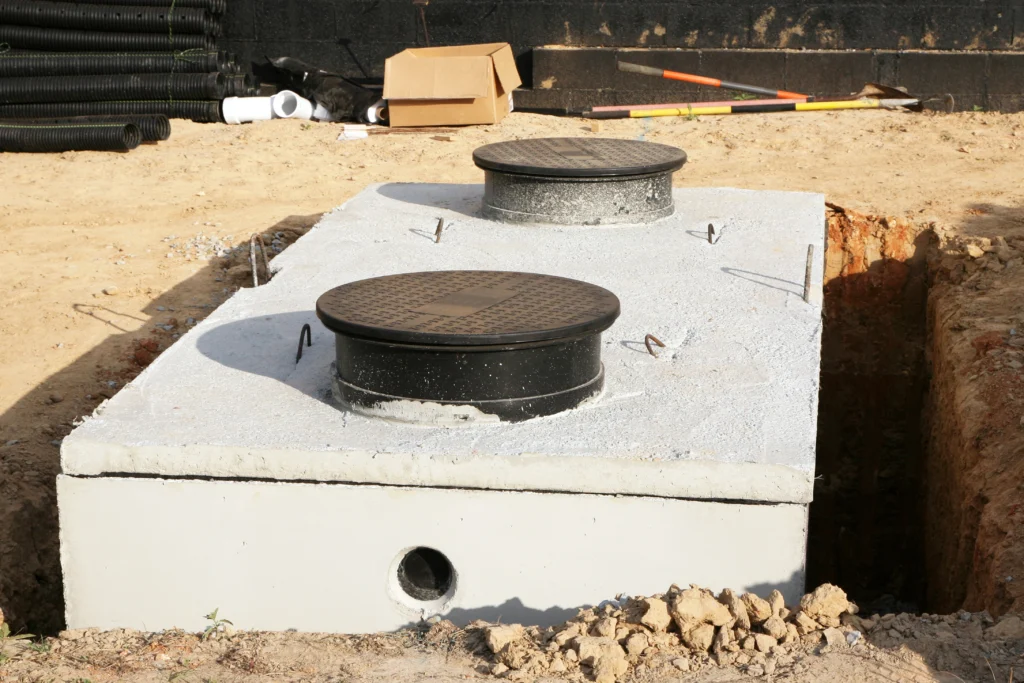
Septic tank design
Even though septic tanks can be made of plastic and fiberglass, the most commonly used material is concrete. The size of the tanks differs but the commonest sizes are 1,000 and 1,500-gallon tanks. The ideal size of a septic system for a house is determined by two main things – the climatic conditions and the number of users. If you have a big household, then it means you will need a larger tank to handle the voluminous wastewater. Those who live in the North of Canada, or any other cold regions, also need to increase the size of their tanks. This is because the colder the temperatures are, the slower the anaerobic bacteria will break down organic solids. The local and national governments might also have a recommended size for certain regions. According to some experts, septic tanks in permanently cold areas should be twice as big as the ones serving the same number of people in warmer temperatures.
Before a tank is designed and installed on your property, it is required to have a Registered Onsite Wastewater Practitioner (ROWP) to do an evaluation of the soil. This inspection is important for various reasons. For instance, it will help determine if the septic system will adhere to any restrictions stipulated in the land title. The inspection will also help to identify some weaknesses in the soil in order to know how best to overcome them in the design and installation of the system. However, this process is only necessary for the installation of a new system. If you are only changing your septic tank, like say after adding more bedrooms to your house, you normally only need a permit from the municipality.
Choosing the right material for the septic tank is very important because it will have an impact on the cost but also on the longevity of the tank. Tanks can be made from concrete, polyethylene, fiberglass, and even coated steel. Tanks that have a capacity of fewer than 6,000 gallons are usually precast but larger ones can be constructed on-site or assembled from precast sections. Plastic tanks are increasing in popularity because they are light and easy to transport. However, concrete tanks are still the most ideal for situations where the water table is high because they are less susceptible to floating. Concrete tanks can also handle greater depth than the other types of tanks. The biggest advantage that polyethylene and fiberglass tanks have over concrete ones is they are immune to corrosive effects of sulfuric acid and hydrogen sulfide, which are often part of the effluent. However, concrete tanks can be reinforced to give room for some negligible corrosion.
How much do septic systems cost?
According to HomeAdvisor, the average installation of a septic tank is C$7,656. However, the exact price will vary depending on the material used, the size of the house, as well as other conditions like the quality of the soil. Most homeowners spend anything in the range of C$4,044 – C$12,134 for the installation. For instance, the cost of installing a 1,000-gallon septic tank on a 3-bedroom property can fall in the C$2,831 – C$6,741 range. But these estimates are for the anaerobic tanks which are used as a primary treatment. If the engineer examining your property prior to the installation discovers you have poor soil structure or a high water table, you will have to install a bioreactor. Addition of a secondary treatment will push your cost higher (approximately C$13,482 – C$26,965)
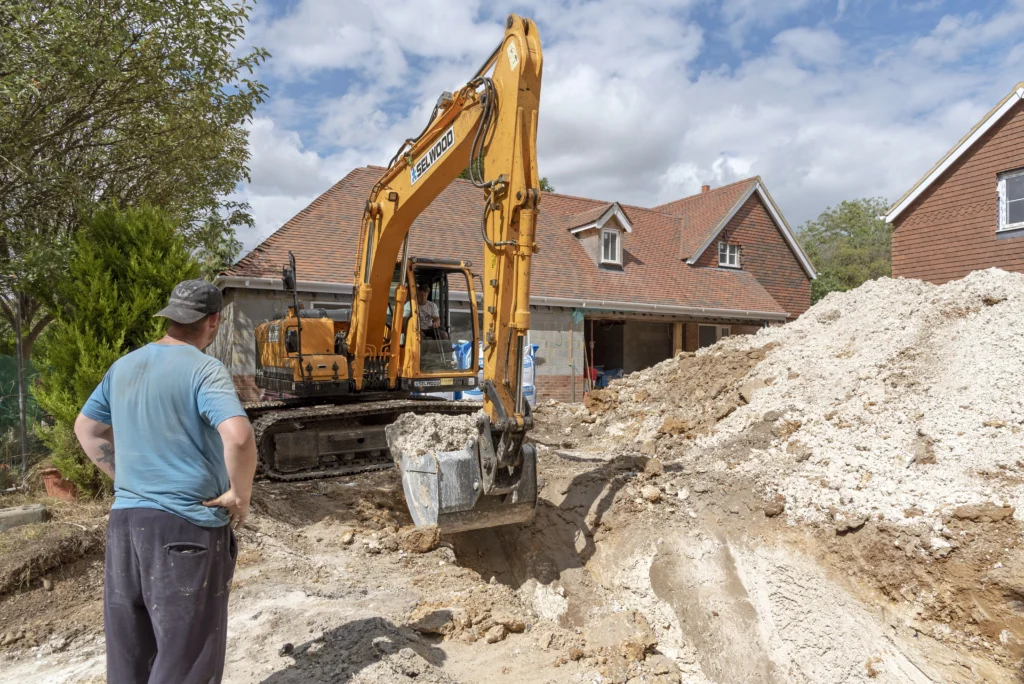
Can septic tanks be repaired?
Tiny cracks that have not resulted in leakages do not have to be repaired but if the tank is leaking, then repairing it is of utmost importance. However, some damages are too severe for repair work and a complete overhaul of the system might be required. The contractor will typically use concrete filler to repair any cracks in the concrete tank. Before tanks are repaired, they have to be pumped and cleaned first. Entering the tanks is extremely dangerous and only qualified contractors should do it. Apart from the physical injury dangers, the tanks also have lots of harmful gases. Contractors have special equipment and protective gear to help them do the repair or replacement without any mishaps.
How many lids should a tank have?
Most septic tanks have two lids, which are typically located above the inlet and outlets. The lids vary in shape, material, and size depending on the type of septic tank in use. Septic tanks that have only one lid are very rare. If you happen to buy an old home that was built in the 1970s, then you might find a septic tank that has only one lid. But seeing one lid on the ground doesn’t necessarily mean that you have one lid – the other might be buried few feet away from the one you saw and so you will have to dig to access it. Most septic tank lids are made of concrete. Fiberglass and polyethylene lids are not very popular because they break easily.
A standard septic tank lid will cost anything from C$94- C$202. You can buy these lids from a nearby hardware store but make sure to buy a lid that has the same dimensions as the one you are replacing. You can also buy the replacement lid directly from the contractors that installed the septic system.
How can I find a buried septic tank lid?
A shallow excavation should be enough to reveal the lids because the top of the tank is usually not too deep. But before you begin shoveling around, find out if you can get access to the plans of your home from the city. The plans should tell you exactly where your septic system is.
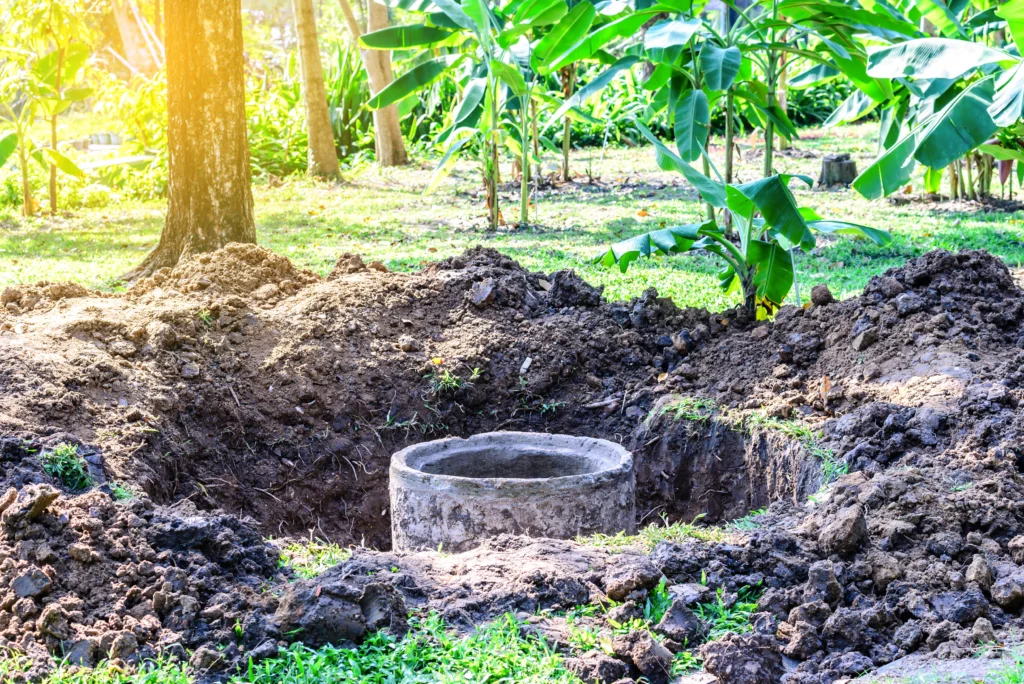
What is the purpose of a septic tank riser?
A septic tank riser is a cylindrical pipe that is placed over the septic tank. The riser is usually several feet wide and it is important to have a secure lid over it to avoid any accidents. Deeper tanks should have wider risers to give the pumping company more room for sending down their pipes. The riser comes in handy when pumping the tank because it can now be done without having to open the tank. The following steps should be followed when installing risers:
- Locate and remove the tank cleanout cover (an inlet or outlet into the tank that might be at both ends or even at the center). You will need to dig to access it because these covers are usually underground.
- Place the riser on the cleanout opening. The riser should be tall enough to reach above the surface of the ground and its diameter should be big enough to prevent it from falling into the tank.
- Replace the soil you had dug up and remember to cover the riser with a safe and secure lid before doing this to avoid sending soil down the tank.
Are septic tank filters necessary?
In an ideal scenario, only wastewater would enter the septic system. In such a case, bacteria would breakdown the organic waste and then water would be sent through the outlet into the drain field so you wouldn’t need a filter. However, the average household sends all manner of harmful debris down their drains whether knowingly or unknowingly. As the solids accumulate in the sludge layer, some might eventually be forced out to the drainfield. However, if you have a filter, it can help to reduce the chances of a blocked drainfield and your system will function optimally for longer.
Septic tank filters maintenance
The filter should be cleaned twice a year – before and after winter. To clean the filter, dislodge it then clean it with a water hose. When cleaning it, make sure any solid debris is cleaned off into the first manhole because you do not want the solid waste to go directly to your drainfield. If you clean it into the second chamber, the solids might still stick to the filter again. Once you are sure the filter is clean, place it back in position. Neglecting this routine maintenance can cause the filter to get blocked and that might cause the system to fail.
What are the dimensions of a septic tank?
The following table outlines the different septic tank sizes for different houses.
| Number of Bedrooms | Tank capacity in gallons |
| 1 – 3 | 750 |
| 4 | 850 |
| 5 – 6 | 1,050 – 1,500 |
What’s bad for a septic tank?
Septic tanks rely on bacteria and enzymes to function optimally. Enzymes break down the waste into smaller molecules which helps the bacteria to digest it. This results in the liquefying of organic waste. The government of Canada advises every septic system owner to avoid using any product that poses a threat to the bacteria and enzymes in the septic tank. The following are some examples of products that are bad for septic tanks
- Fat, Oil, and Grease (FOG)
- Dishwashers and laundry detergents
- Bleach
- Fabric softeners
- Toilet bowl cleaners
- Facial tissue
- Cigarette butts
- Dental floss
- Tampons and sanitary towels
- Baby wipes
- Latex condoms
- Expired pharmaceuticals
- Antibacterial soaps and disinfectants
- Corrosive and toxic products
- Antifreeze
- Drain cleaners
- For an exhaustive list of all the 30 products you should avoid as a septic system owner, download our free eBook here: DOWNLOAD FREE EBOOK
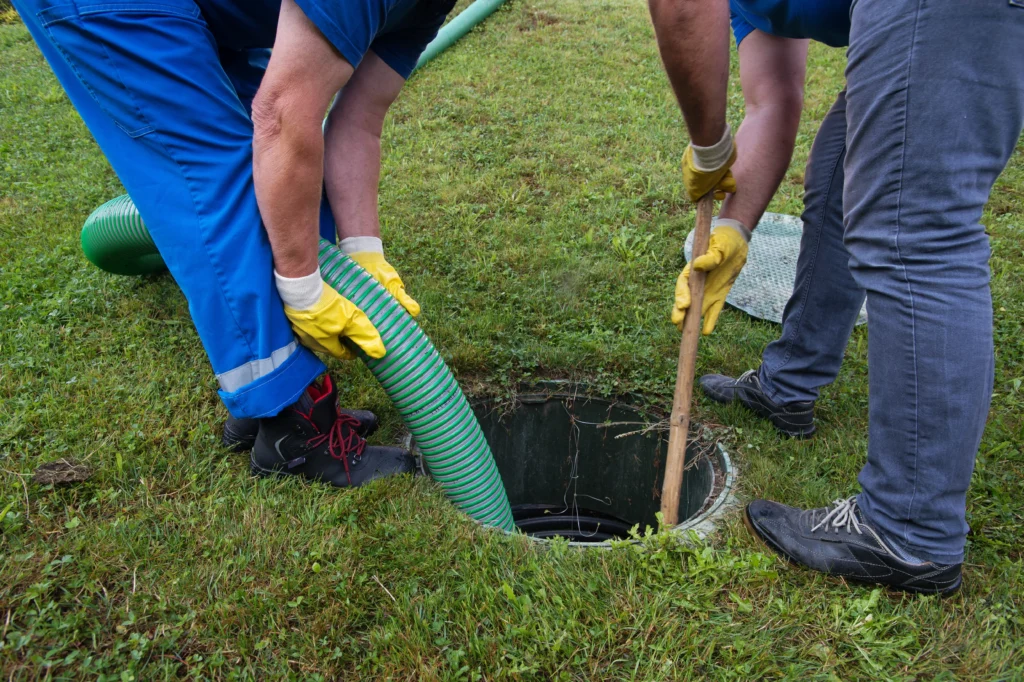
How full should a septic tank be?
When operating normally, the septic tank should be filled to the bottom of the outlet pipe. The outlet pipe should carry effluent to the absorption area thereby maintaining the right levels. On average, the liquid should be approximately 12 inches from the top of the tank. If the level goes higher than the outlet pipe, then it means the drain field is blocked and immediate action must be taken.
Here are some of the tell-tale signs that your tank is getting full:
Sewer backup – This almost always means that the drain field or pipes in your system are blocked. The lowest drains in the house, e.g. the basement bathroom, will be the first to be affected.
Pooling water – if pools of water form around your septic system, it could be an indicator that the tank is overflowing.
Bad odors – a failed drain field will often result in bad odors. If you notice any bad odors from your septic system, take action immediately.
Slow drains – slow-moving drains might just mean a clog in the pipes but full septic tanks also result in slow drains.
Greener grass over the septic area – the grass over the septic area should be the same as the rest of the lawn. If the grass appears greener and healthier over your septic system, it is an indication that the tank is too full and is now leaking.
A septic tank is typically a settling chamber
It allows the wastewater to settle and this makes the solids to sink to the bottom of the tank forming the sludge layer while the FOG floats on top forming the scum layer. In the process of time, the sludge and scum layers thicken and if not checked, the levels might rise until the scum and sludge get to the level of the inlet and outlet. Every septic system owner should, therefore, test to ascertain the scum and sludge levels in the tank. Septic cleaning companies use sophisticated tools like the sludge judge to determine how full a tank is. Obviously, this will cost you extra. There is also a simple DIY alternative to those who don’t mind some manual work.
DIY test to evaluate the sludge level
- Securely wrap a small and light-colored towel around the end of a pole. Do not wrap the towel into a bulge at the end. Instead, wrap it such that it screws upwards starting from the bottom of the pole and runs for approximately 3 feet
- Use this pole to probe the septic tank just behind the baffle and keep the pole there for a minute or two.
- Pull the pole back from the bottom of the tank and observe the height of sludge as marked on the towel.
- Use the sludge height marking on the towel to determine how far the sludge is from the outlet baffle.
- If the sludge is too close to the outlet baffle, then the tank should be pumped immediately. The sludge should not be allowed to exceed 12 inches from the bottom of the tank.
DIY test to evaluate the scum level
- Make the scum level measurement tool by fixing a 6×6” to a 6×8” board to the end of an 8ft. pole.
- Insert the measuring tool into the opened septic tank and probe until it rests on the tops of the scum layer and use a marker to label the height of the stick from the top of the scum layer.
- Probe through the scum with the scum measurement tool and until it goes through the scum layer at the bottom. Lift the stick gently until you feel the resistance of the bottom scum layer on the board you had attached to the stick. Place a mark to determine the height of the scum from the bottom of the sum layer to the top of the tank.
- Remove your scum measurement tool and measure the difference between the two marks. This will give you the thickness of the scum.
Remember to be very careful when doing these tests because septic tanks are full of toxic gases. Do not attempt to enter a septic tank and do not leave it open after the test.
Can a homeowner install a septic system?
Installing a septic system is a complex process and you will need the services of a qualified contractor. Septic system repair contractors will help you ensure the installation is done properly to avoid violation of government regulations and also to make it work efficiently for longer. If you are installing the septic tank for the first time or repairing the drain field, an engineer will need to visit the premises to carry out a percolation test among other important tests. The engineer will then recommend the best septic system to install. If you are only fixing or replacing an old tank, these tests will not be necessary and all you will need is to get a permit from the city. You will then need to get a contractor to help you with the excavation and installation of the septic tank.
In summary
If you have a septic system installed on your property, make sure to take good care of it. A well-maintained system will function optimally while a neglected one will fail and pose a threat to the environment. Some simple maintenance routines like using biological additives, avoiding harmful products and avoiding hydraulic overload can help your system go a long way.
OUR LATEST BLOG POSTS

Strange facts about septic systems
If you are a septic system owner, you might have heard all manner of myths. For instance, there is a common myth that throwing a dead cat in the septic tank can help rejuvenate bacteria and thereby make the septic tank more effective. But is this even true? In this article, we will not only answer that […]
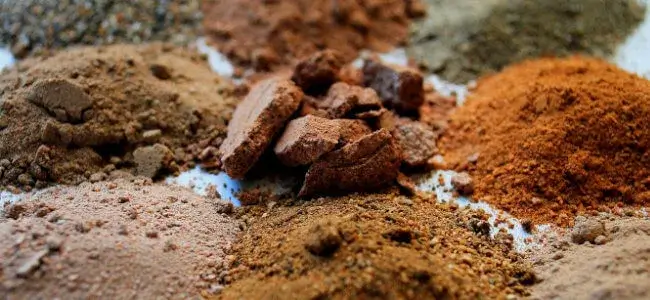
Soils types and their impact on septic systems
SOILS TYPES AND THEIR IMPACT ON SEPTIC SYSTEMS However good your septic system is, it depends on the right soil type to complete the process of purifying the wastewater from your home. The soil type in the drainfield area will determine how well the effluent is filtered and if the water that is sent back to the […]
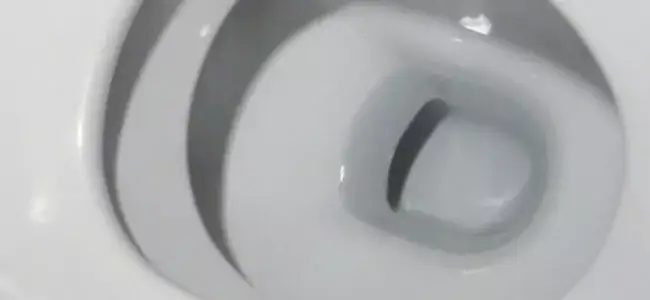
Avoid flushing these if you have a septic tank
Most homeowners wrongfully assume that their toilet can serve as some sort of garbage disposal. As a result, they end up flushing all manner of things in the toilets. Some of the things that are flushed down the toilet are actually innocent mistakes because homeowners think that is the right way to dispose of the products while in other cases, it is just a don’t care attitude. Whichever the case may be, flushing some of these things can result in septic system failure and it could cost you a fortune. We have rounded up some of the commonly-flushed products that you should never flush if you have a septic system.
PERFECT! I WOULD NEED...
Discover which products are the best for your needs!You can contact us at 1-800-378-6132 (toll free) or click on the following button to access our free online evaluation.
GET A QUOTE ONLINELog in to your account
Whoops! It happens sometimes...
CREATE A NEW ACCOUNT
CONGRATS!
You are now registered and ready to go. You can add and change any of your information on your client profile.
Unfortunately, we do not ship our products to the USA at the moment.
But, if you live in the United States and would like to order them, please fill in the form below. You will then be notified as soon as they are available in your country.
Thank you for your understanding!
Malheureusement, nous n’expédions pas nos produits en France pour le moment.
Mais, si vous êtes résident français et aimeriez les commander, remplissez s’il vous plaît le formulaire ci-dessous. Nous pourrons ainsi vous aviser aussitôt qu’ils seront disponibles dans votre pays.
Merci de votre compréhension!
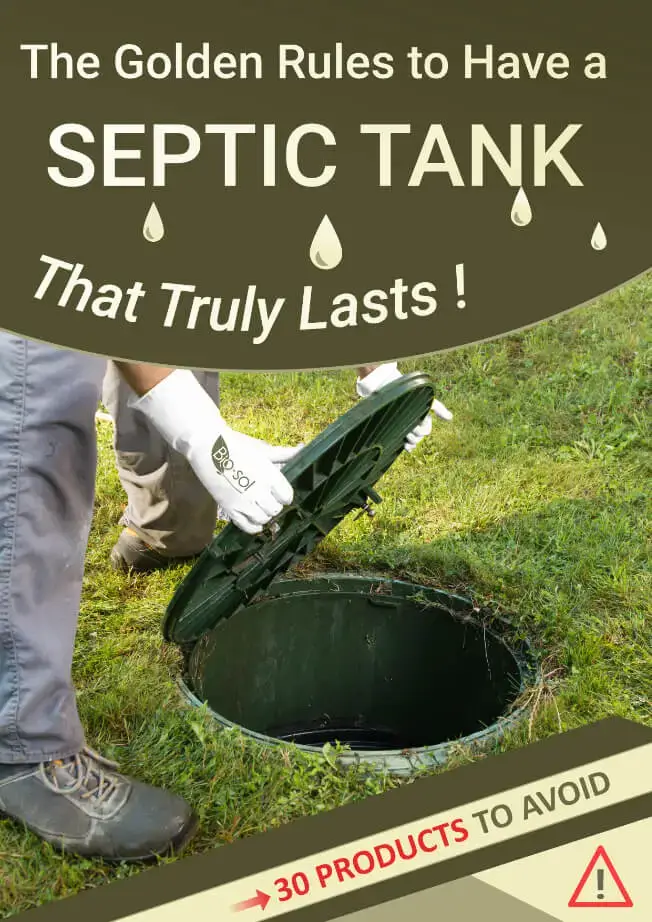
-
30 products to avoid
-
What to replace them with
-
And everything you should know about your septic system
DOWNLOAD THIS FREE EBOOK!
Which email address should we send it to?


